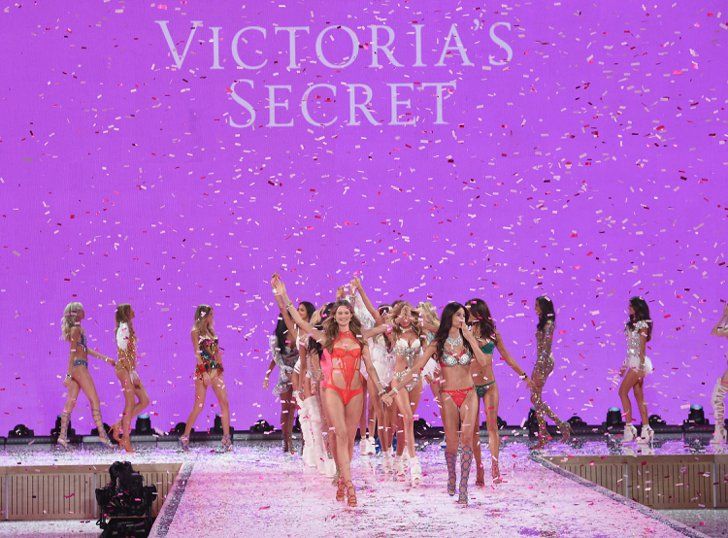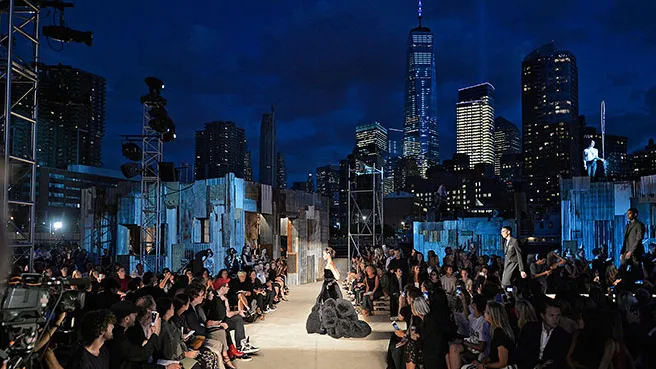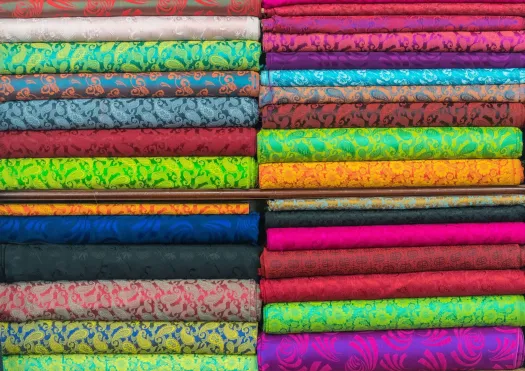ppr-revolution.com – The Victoria’s Secret Fashion Show has long been synonymous with glitz, glamour, and a touch of fantasy. Known for its dazzling spectacle featuring the world’s top models, elaborate costumes, and musical performances, the show is a highly anticipated annual event in the fashion calendar. This article delves into the essence of the show, its history, the behind-the-scenes work, and its cultural impact.
The Origins
The Victoria’s Secret Fashion Show was first introduced in 1995 as a marketing strategy to promote the brand’s lingerie lines. Initially a more intimate affair, it quickly evolved into a major televised event, captivating audiences worldwide. Over the years, the show has been held in various glamorous locations, including New York, Paris, and Shanghai, each bringing its unique flair to the runway.
Behind the Scenes
Behind the glitz and glamour, the show is a massive production involving months of planning and coordination. Designers and craftsmen work meticulously to create the intricate costumes and wings that are a hallmark of the show. Each piece is a work of art, requiring hours of labor and attention to detail. Models, often referred to as “Angels,” undergo rigorous training and rehearsals to ensure they are runway-ready.
The Models
The Victoria’s Secret Angels are more than just models; they are icons. Names like Gisele Bündchen, Adriana Lima, and Tyra Banks have graced the runway, each bringing their unique charisma and style. The show has been a launching pad for many careers, with models becoming household names and global ambassadors for the brand.
Musical Performances
A key element of the Victoria’s Secret Fashion Show is the musical performances. Over the years, the stage has been graced by top artists such as Taylor Swift, Rihanna, and The Weeknd. These performances add an electrifying energy to the show, blending fashion with music and entertainment.
Cultural Impact
Beyond the entertainment, the Victoria’s Secret Fashion Show has played a significant role in shaping beauty standards and fashion trends. However, it has also faced criticism for its portrayal of idealized beauty, prompting discussions about diversity and body positivity. In recent years, the brand has made efforts to evolve its image and embrace a broader representation of beauty.
Conclusion
The Victoria’s Secret Fashion Show remains a spectacle of fashion and entertainment, drawing millions of viewers worldwide. It represents a fusion of art, commerce, and culture, continually evolving with the times. As it moves forward, the show is poised to reflect changing societal values while maintaining its iconic status in the world of fashion.


